If you’re thinking about giving your rusty metal objects a renovation, primers, and reformers are the products that come to mind. Although both products work effectively in the restoration of objects, it can get confusing which one to get.
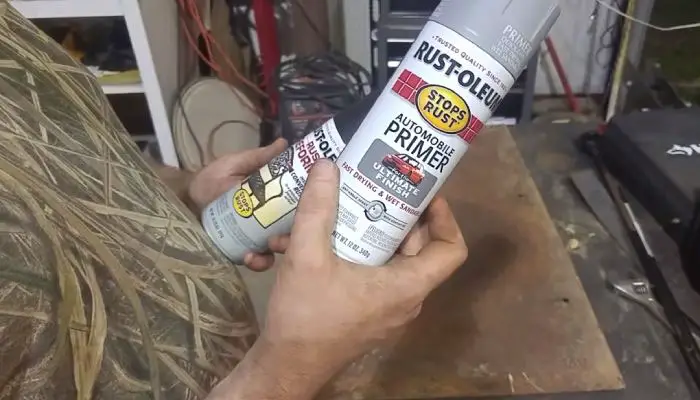
A rusty metal primer will work on objects that are exposed to rust for a long time but still have the chance to be rescued. On the other hand, a reformer will work on objects that are beyond the chance to be rescued.
So, if you’re looking for rustoleum rusty metal primer vs rust reformer comparisons, our article can guide you to make the best decision for your rust-affected objects.
Table of Contents
What Is a Rusty Metal Primer?
When it comes to combatting rust, a metal primer is a highly helpful product. It acts as a rust converter because its Metal primers work best to solve the rust accumulating on top of any metal objects, furniture, etc.
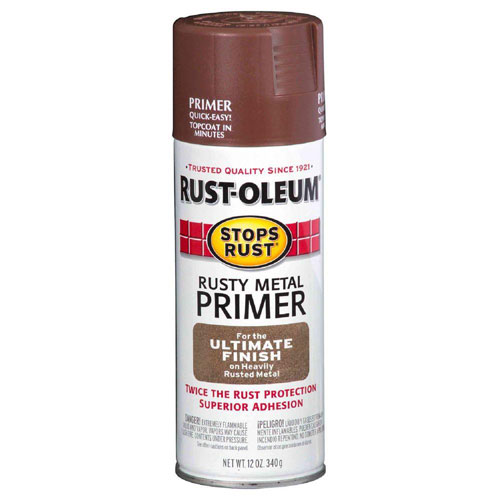
They are metal priming products that halt the process of rusting and form a stable surface to apply your coat of paint. This stable surface allows simple and easy adherence of paint without any difficulty.
Metal primers comprise acidic composition combined with other chemicals that react with the rust and resolve it completely. They work best on products that are rusted, but there is still enough scope to recover them.
What Is a Rust Reformer?
A rust reformer gets rid of the rust and scale from metal surfaces and restores it when it is beyond saving. It is also an active rust converter like the rust primer, but it works effectively for surfaces that have undergone more corrosion to fix with a primer.
The Rust Reformer contains chemicals that actively react with the rusted metal, that transforms the rust completely. This phenomenon leaves a clear surface on the objects and serves as a protectant for the metal surface.
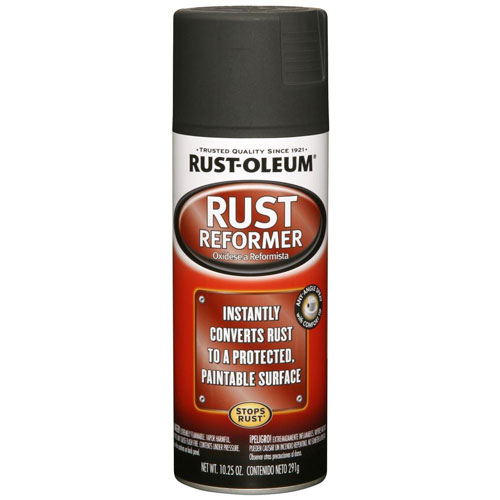
Rust Reformer uses the phenomenon of chelation to react with the rusted metal surface and creates a long-lasting and impenetrable surface for the primer and later the paint to settle in easily. It works best on surfaces that have been exposed to corrosion for a high amount of time.
Indeed, both these rust converters work well in dealing with rust build-up over metal surfaces. Despite the similar action, they still bear wide differences between them in terms of features, mode of action, etc.
So, by going through these rust reformer vs rusty metal primer comparisons, you can get an idea of how each product meets specific needs.
Rustoleum Rusty Metal Primer vs Rust Reformer
Both these products from Rustoleum do a remarkable job in halting the oxidation process in rusted metal surfaces. They bear slight differences in their work line but are both very powerful rust converters at the end of the day.
Consistency
Rustoleum Rusty Metal Primer has an oil-based consistency, while Rust Reformer has a water-based one. A difference in consistency also plays a role in carrying out the specific functions each product performs.
The oily consistency of the primer works well in bonding to the rust and helping it resolve. A stable surface is created for the paint coatings to adhere firmly through a primer. Such consistency also prevents any moisture from entering the surface from the outside.
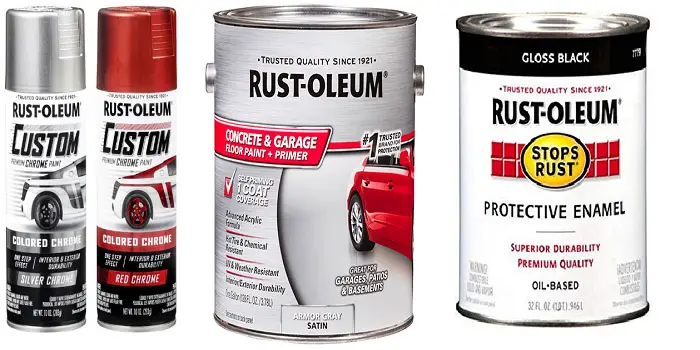
On the other hand, the reformer comprises tannic acids. It uses the method of chelation to trap the rust molecules and helps create ions that remain dispersed in the solution. Even though it acts strongly in bonding rust particles, it cannot adhere to the paint coatings.
This is why it is important to prime the surface after using the reformer so that paint can stick to it on top of the metal surface.
Sanding and Washing
Sanding and washing are both compulsory prior to applying a primer. Unless sanding and washing are done, the loose rust particles will obstruct the primer to adhere to the paint coat properly.
Although sanding and washing are not mandatory before using a reformer, light washing is still recommended before applying the reformer.
Color and Finish
If you’re picky about the final color of your metal surfaces, you might try the Rustoleum Rust Metal Primer. It comes in red and brown colors, while the reformer only comes in black.
So, the final color of your rust surface will be red or brown in the case of the primer. On the other hand, the reformer will convert the rusted surface into a solid black color.
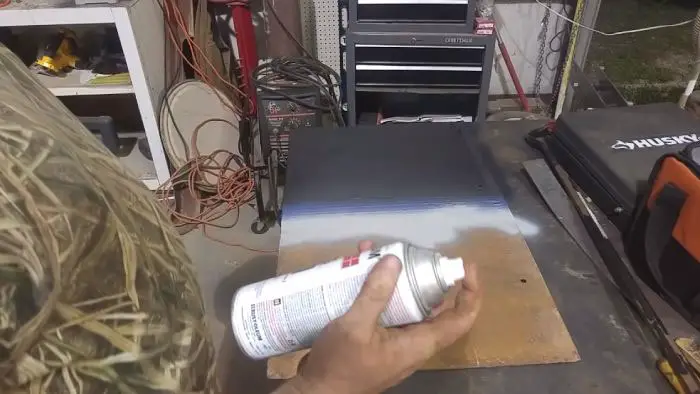
Both the primer and reformer provide a matte and flat finish to the surfaces. The primer takes around 10-15 minutes to dry down for touch, while the reformer takes 25-30 minutes, respectively.
You can paint the surface right after the primer, but in the case of a reformer, you have to apply a primer coating, wait for an additional 15 minutes and then get ready to apply a primer.
Applicable Project
The Rustoleum rusty metal primer and rust reformer both work on solid surfaces. They can be used as sprays or even applied as brush coats, but for the best results, spraying application is highly recommended. It is because spraying the primer and reformer involves the uniform distribution of the product.
You can use both the primer and reformer on any kind of rust effected and corroded surfaces. However, the primer acts best on moderate to high rust levels, while the reformer works for high to extreme rust levels, respectively.

Generally, the primers work well for rusted objects that are still in good structural position and can recover well after the primer has done its job. But the reformers work for the rusted objects that are not in a good position structurally and need additional attention apart from priming.
Usually in such highly rusted objects, applying the reformer and later the primer results in a stronger response. The combination of reformer and primer acts as a powerful converter in these cases. Also, the primer offers a coverage of 20 sq. ft area while the reformer offers 12 sq. ft, respectively.
So, you can choose which one will go better with your project depending on the amount of rust accumulation and corrosion developed in your metal surfaces.
Which One Is Better?
Although both products do a fairly good job of tackling against rust, a primer is a better option than a reformer. Especially if you can’t go for both in case of extreme rust levels and you need to pick one, the primer should be your ideal option.
A reformer cannot perform well when it’s about sticking to the paint. It does a pretty good job at coating rust and converting the surface to a paintable material. But it will not be a suitable option for adhering to the paint in many cases.
For example, when it comes to painting the rusty car roof or a metal garage door, a primer works best instead of a reformer. In these situations, it is recommended to use sanding and remove the loose rust portions as much as possible, use the primer, and seal it with an enamel finish.
The primer will act as an anchor to hold the paint and help it stick to the metal surface properly. You can go for the Rustoleum Auto Body primer, which is definitely the best metal primer for your rusted old objects.
So, even if your objects have undergone high rust levels, try to fix them by getting rid of loose rust portions through sanding and then applying a primer in coats of two to achieve the best results.
Of course, when used together, both products elicit stronger results, but if you had to go for one only, the primer s the one you should choose.
Conclusion
Wrapping it up, it can be said that you can choose a primer or a reformer depending on what you prefer and what kind of object restoration you need them for. Although both work on a similar level, there are still some differences noticed between them.
Hopefully, our discussion on rustoleum rusty metal primer vs rust reformer will be helpful enough to make your choice simple.
